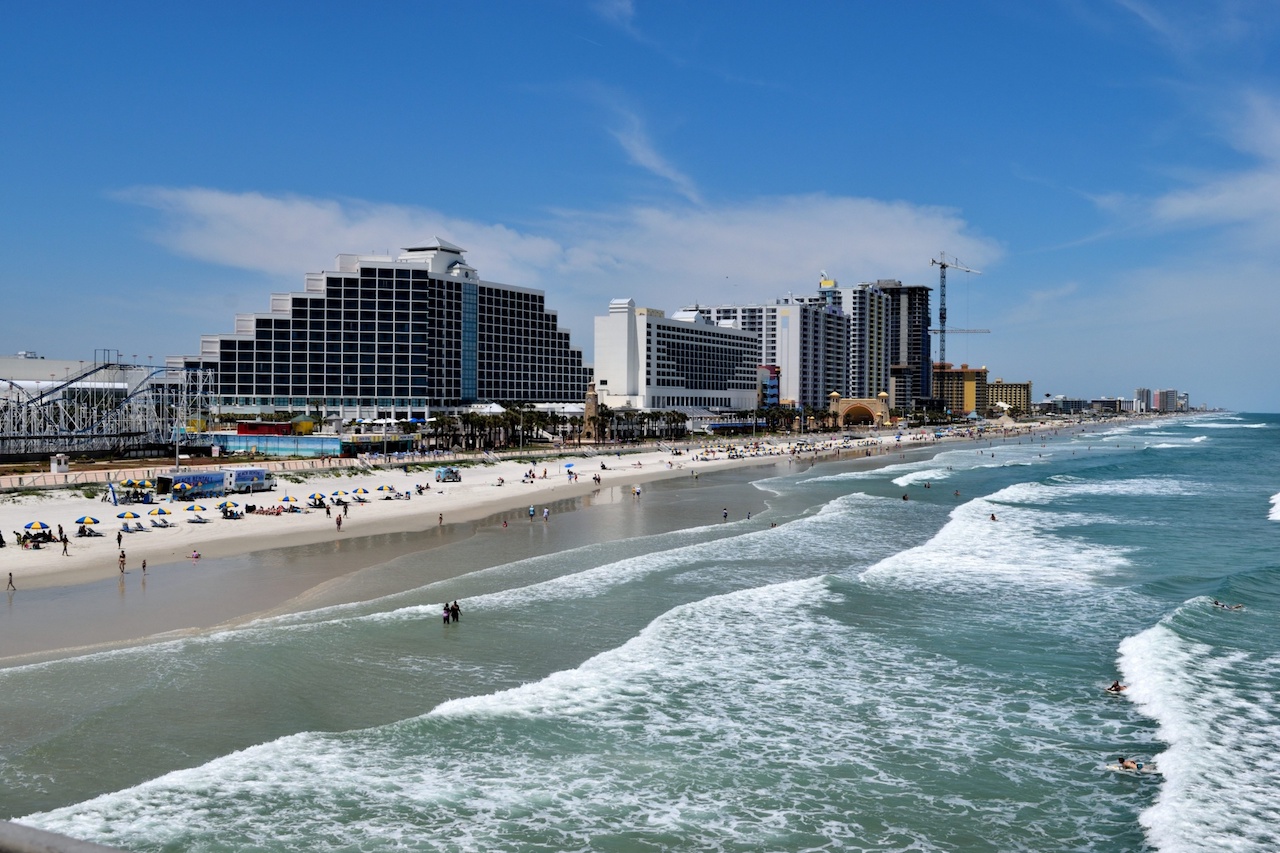Looking for a quick and easy getaway from Orlando? With some of the best beaches in Florida, the Orlando area offers visitors plenty of sand, sun, and surf just a short drive away. Find out which beach is closest to you here and get ready for an unforgettable day of relaxation and fun!

